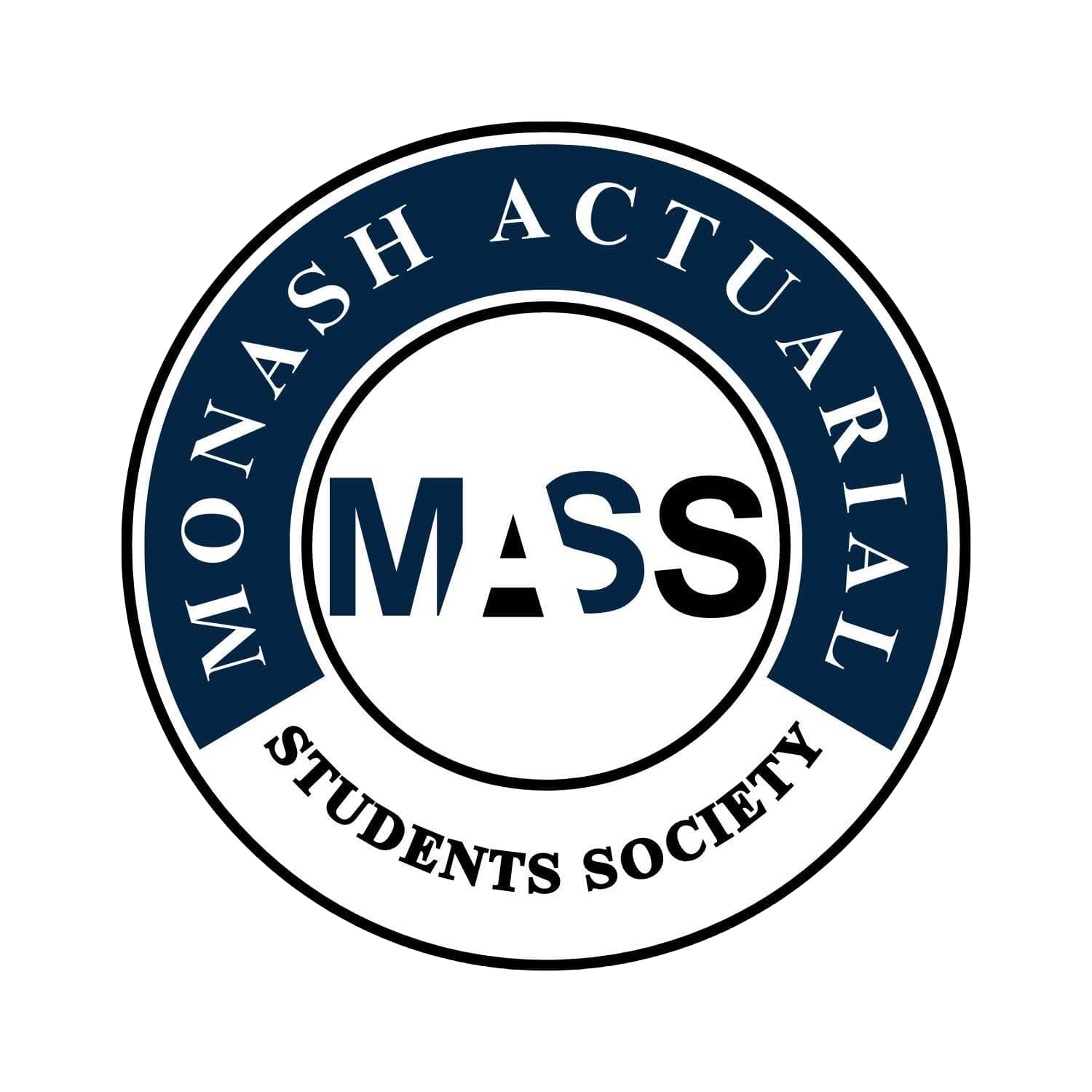ETC3550 / ETC5550 Applied Forecasting (Sem 1 2023)
Difficulty:
Year Completed: Semester 1, 2023
Prerequisite: ETC2410 or ETC2420
(or ETC3440, or ETF2100, or ETF2121 or ETW2510, or ETC2560)
Exemption:
CS2 Risk Modelling and Survival Analysis
ETC3420 (20%), ETC3430 (60%), ETC3550 (20%)
Weighted average of 70% required. Minimum of 60% required for each unit.
Mean Setu Score: 98.04%
Clarity of Learning Outcomes: 100.00%
Clarity of Assessments: 97.06%
Feedback: 97.06%
Resources: 97.06%
Engagement: 97.06%
Satisfaction: 100.00%
Subject Content:
Lecture(s) and Tutorial(s):
Lecture Recording:
Textbook(s):
Assessments:
This unit focuses on several different models and methods of forecasting, as well as their diagnostics and when to use each one. The models covered in this unit include: STL decompositions, Exponential Smoothing, ARIMA models, time series linear regressions and Dynamic regressions. For all of these models you will learn how to specify and interpret the outputs on R. The unit also focuses on comparing models and analysing which model is best for forecasting using various information criteria.
1 x 1 hour lecture (watching the videos of the textbook chapter)
1 x 1 hour lecture (done live and recorded onto zoom)
1 x 1.5 hour tutorial
Both lecture and tutorial recordings were made available to
students.
The textbook is provided online for free to students. One of the weekly lecture timeslots was allocated to watch the videos embedded within the textbook. Additionally the textbook contains all of the tutorial questions and is useful to provide further reading of theory and examples of R code.
1 x Forecasting competition assignment - 2%
3 x Small individual assignments - 18% (6% each)
Retail Forecast Project - 20%
Final Exam (2.hours 10 minutes) - 60%
Comments
The unit was one of the most enjoyable units I have undertaken in my degree so far. The content throughout the unit is very applicable and relevant to the real world, with the retail project even incorporating real world data. The lectures are very relevant in both explaining the theory behind the applications, but also stories on how the lecturer was able to use what we were learning in the workforce. The practical nature of the unit and the enthusiasm of the delivery made the unit easy and rewarding to engage with. Additionally, all teaching staff in this unit were passionate about the content and all of them went out of their way to help clarify students’ understanding of the content.
The lectures were engaging and had a good mix of coding, theory and application to the workplace. The lecturer made an effort to explain the lines of the code to ensure students were understanding what he was doing throughout the lecture. The lecture slides could be brief at times, but when accompanied by the textbook (which the lecture co-authored!) there is more than enough information ! Additionally the embedded videos in the textbook used in the lecture time provide a different way of explaining the content which assists with understanding.
The tutorials would go through the assigned questions from each chapter of the textbook. Specific focus was placed on the questions that related closely to the current assignment, with tutors often giving hints throughout the tutorial. As attendance was not marked and tutorials were recorded, attendance is not compulsory, however it is advised so that you can ask the helpful tutors any questions which may arise.
The first forecasting competition was a fun assignment to get students thinking about how they would predict future events before they’ve learnt forecasting techniques, where a prize was given to the winner of the cohort.
The other assignments tested both the practical and theoretical understanding of the concepts, and varied in difficulty slightly but were largely doable.
The research project was a large assignment which involved working with real world data which posed a practical and exciting challenge. Students are able to achieve very high marks in this assignment, but it requires a strong understanding of the theory behind the forecasting techniques and knowing when and how to apply them, as well as evaluating their outputs and diagnostics. Ultimately it was quite an achievable and engaging assignment
Students were provided with many practice exams for the unit so they could become accustomed to the style of questions being asked. The final lecture also covers the structure of the exam and details such as the type of dataset which questions will be based on.
For the exam students could bring in a calculator and a double sided A4 cheat sheet of notes. Overall the exam was relatively straightforward, however it contained some questions on content that was covered in brief. To solve these questions students will need to have completed all the readings and have a strong understanding of the forecasting principles. Whilst the exam was a bit pressured for time, high marks are certainly attainable in this exam.
One of the most applicable and interesting units that I have taken, with many useful real world applications that will translate to the workplace. The teaching team was wonderful with fast reply times to forum queries, and a passionate delivery of content. The blend of theory and application, aided by the assessments works together really well, to create a very rewarding experience.
General Overview:
Lectures:
Tutorials:
Assessments/Other Assessments
Exams
Concluding Remarks

